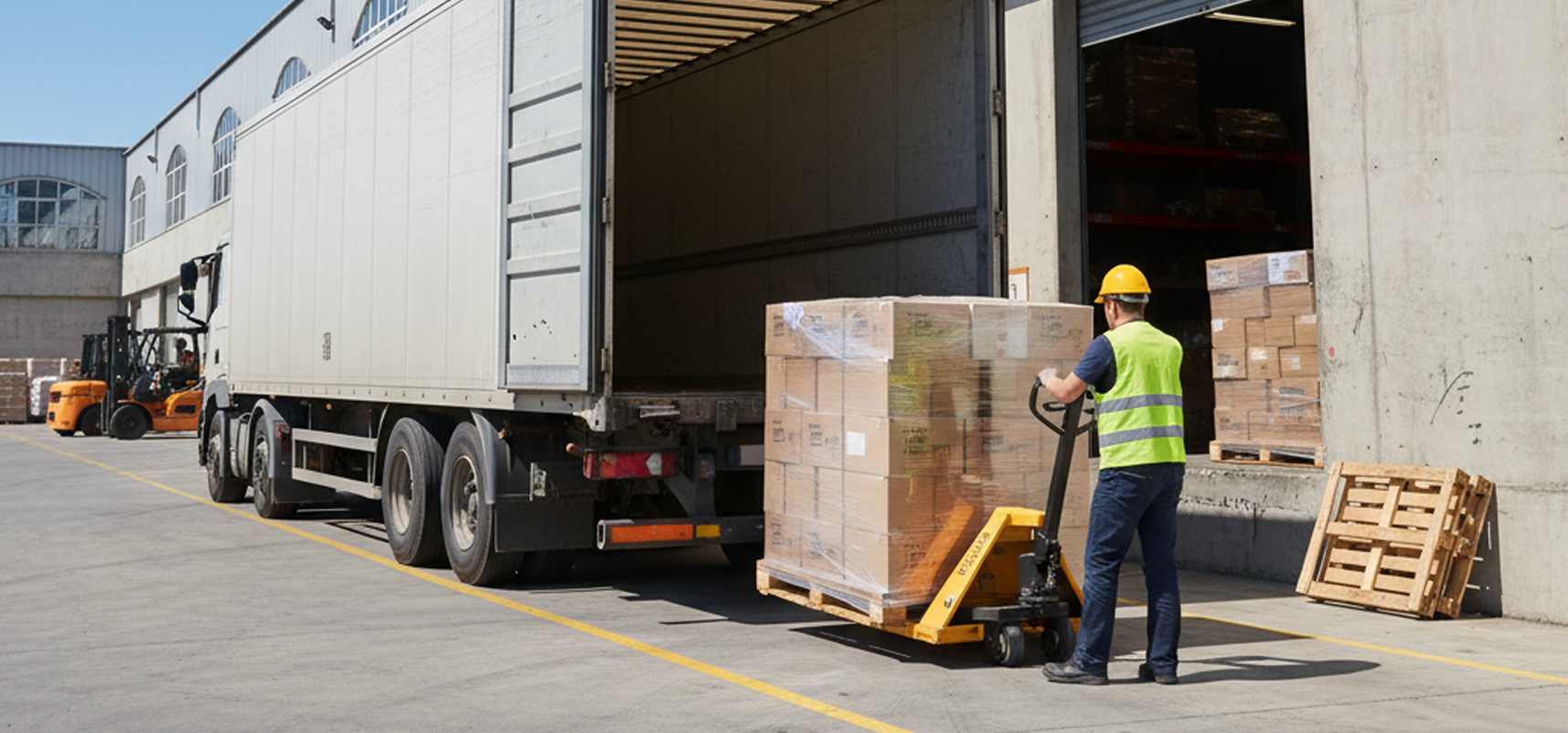Baghdad's infrastructure remains severely degraded with failing water systems, frequent power outages, and inadequate public services despite some major development projects like the planned $17.5 billion metro system.
Population
Area
Density
219,990
The projected net population growth in Baghdad for 2024 is 219,990.
60.44%
67% of the population in Advanced Asia, Central and Eastern Europe, North America, Western Europe, and Greater China is of working age.
Key industries include oil & gas, construction, agriculture, and banking with major corporations like Aliedad Company, Babylon Hotel, and KAPITA Business Hub playing significant roles.
Tertiary attainment among young adults aged 25-34 in OECD countries increased from 45% in 2019 to 48% in 2024, placing it among top OECD nations.
Foreign Residents
The average income for foreign residents in Baghdad is about 2.7 million yen with 50% earning less.
Ethnic Composition
Foreign residents in Baghdad surpassed 1.2 million in 2024, making up about 7.6% of the city population, with the largest groups from Iran, Syria, Turkey, and Bangladesh.
Baghdad's commuting primarily involves taxis and buses, not rail, with millions of people traveling daily from residential districts into the central city for work.
Baghdad continues to attract residents from other regions with a net inflow of 219,990 people in 2024.
24.6M IQD
24,599,500 IQD

The search results do not contain specific warehouse vacancy rate data for Baghdad.
Warehouse lease rates in Baghdad vary, with one underground warehouse available for rent at a negotiable price, and another small warehouse space priced at 500 IQD.
Baghdad’s major warehouse and logistics districts are concentrated in the city center, along the Baghdad International Airport corridor, and in the Dora and Al-A'amiriya (Al-Amriya) industrial areas.
Last-mile delivery infrastructure in Baghdad is evolving rapidly, with challenges such as cash reliance, lack of formal addressing systems, and fragmented logistics, but is being transformed by tech-driven startups and established companies.
There is no specific information available regarding warehouse automation and technology adoption in Baghdad.
Cold storage and specialty warehousing facilities in Baghdad provide essential services for managing temperature-controlled goods, particularly in the medical and tech industries, supporting Iraq's growing logistics and supply chain infrastructure.

Oil and gas, banking, construction, communications, insurance, and services are key industries and economic sectors in Baghdad.
FLG Shipping, Prime Support, DHL, FedEx, UPS, Emirates SkyCargo, Qatar Airways Cargo, Mashariq Al Saad, Almas Group Logistics, Daleel Al-Sahraa, Agility, PIRIS ROAD, ocean pearl company, Rabkar, IFSC GROUP, Sheraz-Intl Trade & Transport, Blue.
Baghdad’s import volume for Iraq exceeded $21 billion in Q1 2025, with key trading partners including Turkey (over $1.1 billion in exports to Iraq in May 2025) and the UK, while imports are dominated by consumer and capital goods.
Supply chain resilience in Baghdad is challenged by uncertainty in demand forecasting, lack of coordination, and financial constraints, with additional risks from infrastructure limitations, geopolitical instability, and the need for advanced technology adoption to improve visibility and adaptability.
Baghdad's manufacturing sector includes aluminum products, metal furniture, glass, plastic goods, PVC pipes, and packing materials, with the city showing potential for growth in manufacturing alongside agriculture and construction sectors.
The main industry clusters in Baghdad are energy (oil and gas), infrastructure and construction, manufacturing, finance and banking, digital economy and IT, healthcare, agriculture, tourism, and trade.
Baghdad's key competitive advantages as a logistics/business hub include its strategic location at the intersection of Asia, the Middle East, and Europe, oil-funded infrastructure investments, a youthful population driving consumer demand, and government commitment to modernizing transport systems.
Detailed evaluation of Baghdad's infrastructure quality, investment projects, utility systems, and environmental considerations for strategic planning.
Baghdad’s infrastructure quality and capacity are mixed, with relatively strong medical infrastructure but significant challenges in government readiness, medicine availability, and broader institutional capacity.
Baghdad is planning major infrastructure investments across energy, water, agriculture, transportation, housing, and industry, with government forums announcing up to $450 billion in opportunities and a climate-focused investment plan targeting sustainable development through 2030.
Baghdad’s utility infrastructure faces frequent electricity shortages despite ongoing upgrades, water supply and sanitation are unreliable with ongoing improvement projects, and internet access is available but often suffers from instability and limited coverage.
Key environmental factors affecting logistics in Baghdad include severe traffic congestion, high levels of air pollution from vehicle emissions, dust, limited green spaces, and water pollution.